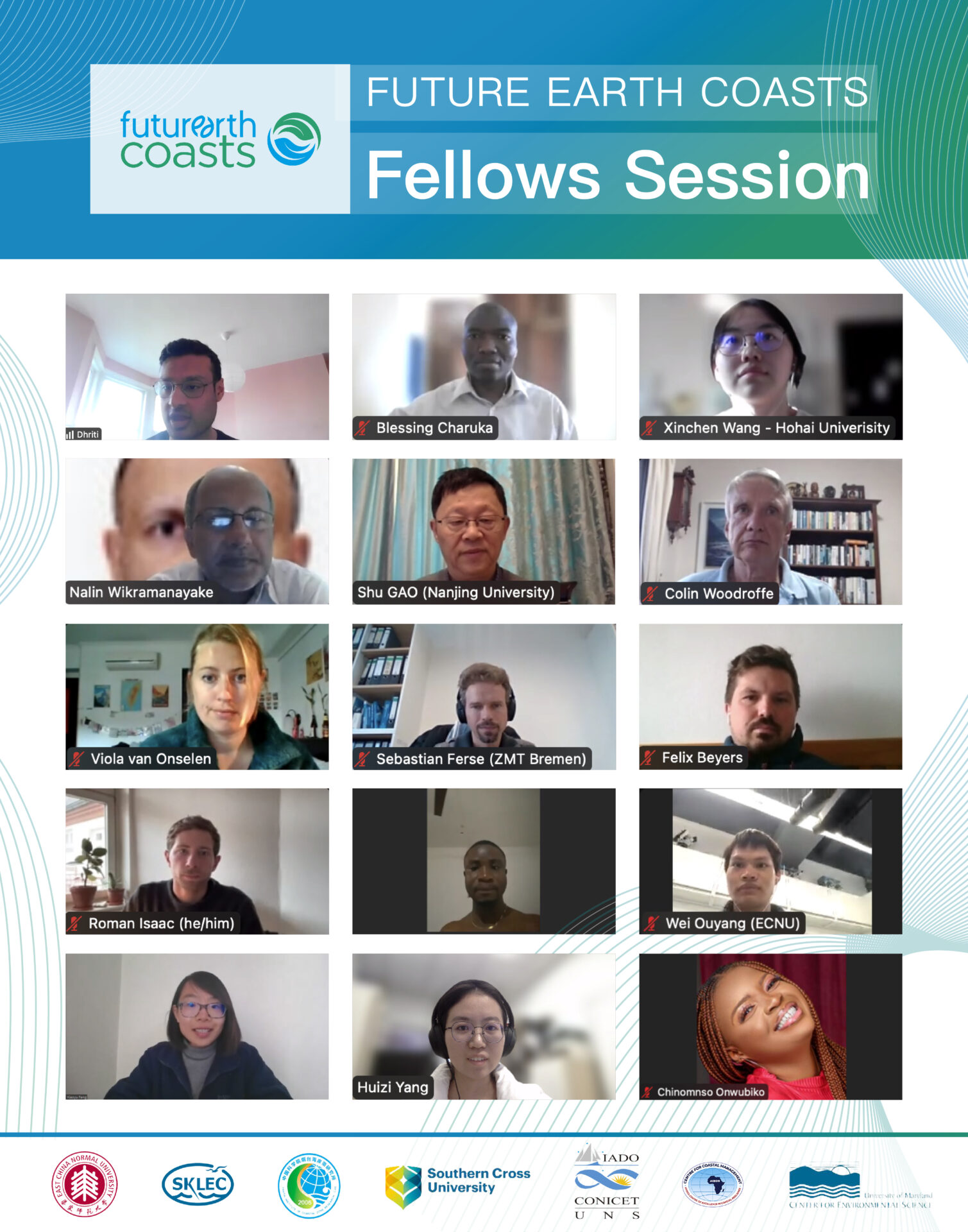Coastal systems and regional seas are constantly changing as a result of biophysical and socio‐economic activities. The Future Earth Coasts (FEC) theme ‘Dynamic Coasts’ is focused on synthesizing existing understanding of the changing state of coasts in terms of risks and future trends. It aims to explore answers to the following questions:
- What are the trajectories of change to the environment and societies at the coast?
- What are the limits and thresholds of change to ecosystem function and services?
The FEC Fellows Session ‘Dynamic Coasts’ took place online on 2 March. The workshop gathered a panel of respectful, highly-anticipated FEC academy members to share their perspectives on the thematic area. Three FEC fellows specialized in the thematic area presented their studies.
Dr. Xiaoyu Fang, director of FEC from IPO China moderated the session. She highlighted that ‘FEC Fellows Session’ is a platform to establish effective mentorships between FEC academy and fellows. She thanked the attendees from FEC academy for their generosity to help the next generation of coastal scientists to network, increase and hone skills, and to be effective communicators.
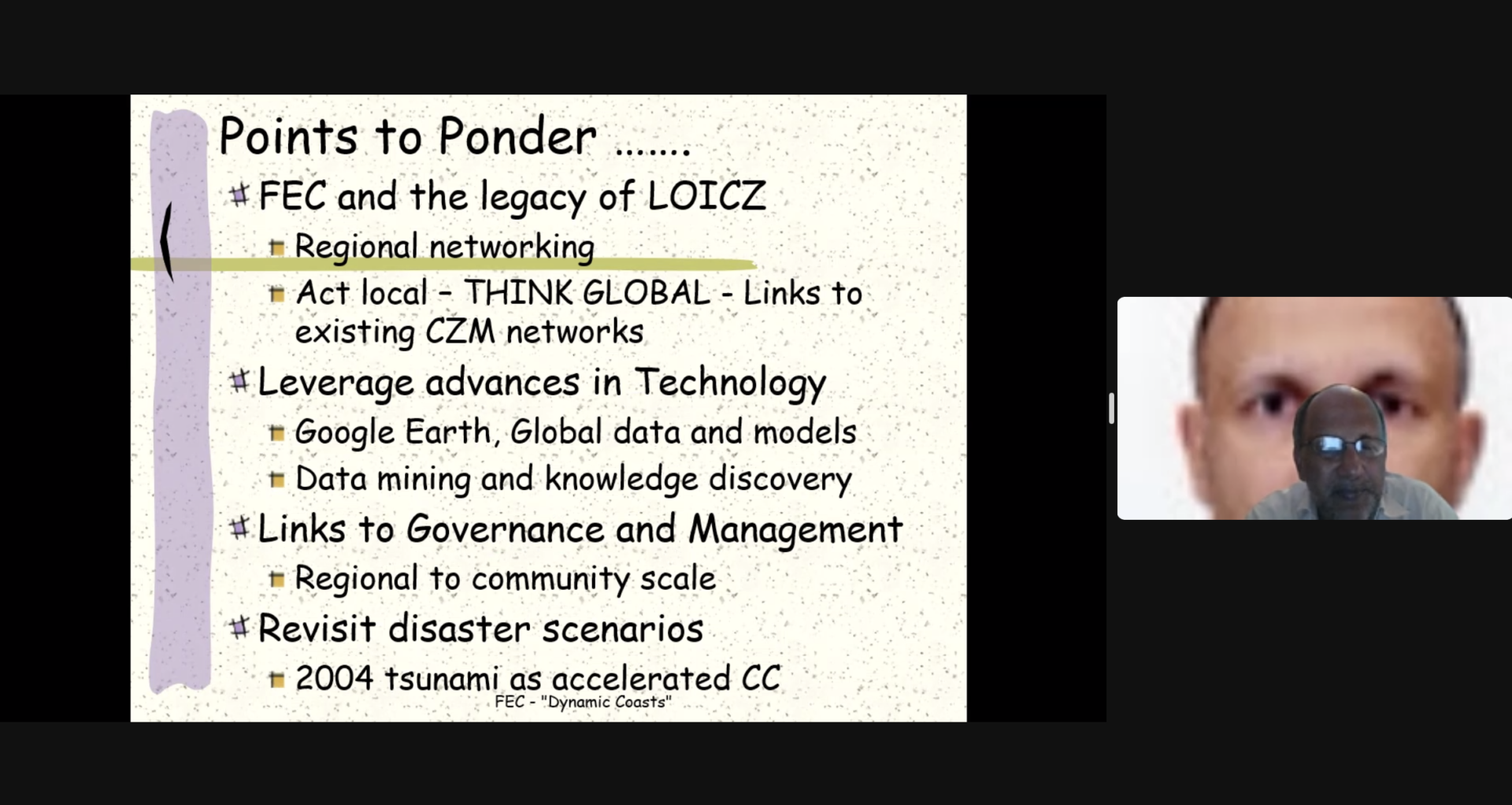
Prof. Nalin Wukramana
Prof. Nalin Wukramana from Department of Civil Engineering at the Open University of Sri Lanka, introduced FEC and the legacy of LOICZ (Land-Ocean Interactions in the Coastal Zone). He emphasized the importance to link the LOICZ project legacy to existing Coastal Zone Management networks with the idea of ‘Act local, think global’. He encouraged FEC fellows to leverage advances in technologies by applying tools such as Google Earth, Global data and models. He suggested to revisit past disaster scenarios and strengthen links to governance and management.
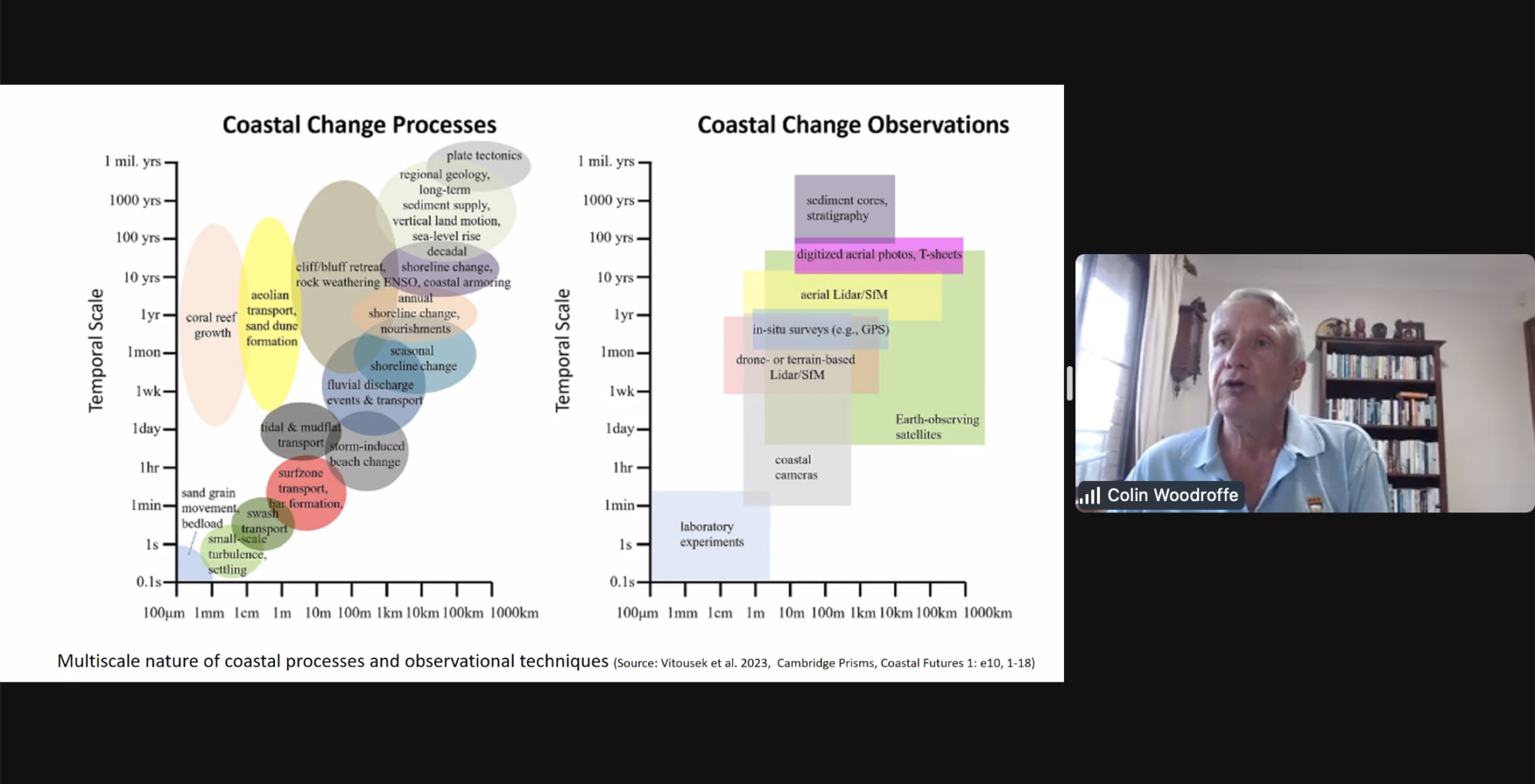
Professor Colin Woodroffe
Professor Colin Woodroffe, Chair of the Commission on Coastal Systems (International Geographical Union), has served on the Scientific Steering Committee of the LOICZ core project of IGBP. He shared his experience in working as a lead author on the coastal chapter in the IPCC Fourth Assessment report in 2007. He highlighted multiscale nature of coastal processes and observational techniques and summarized that looking back at the past and monitoring are two important ways to better understand future coasts.
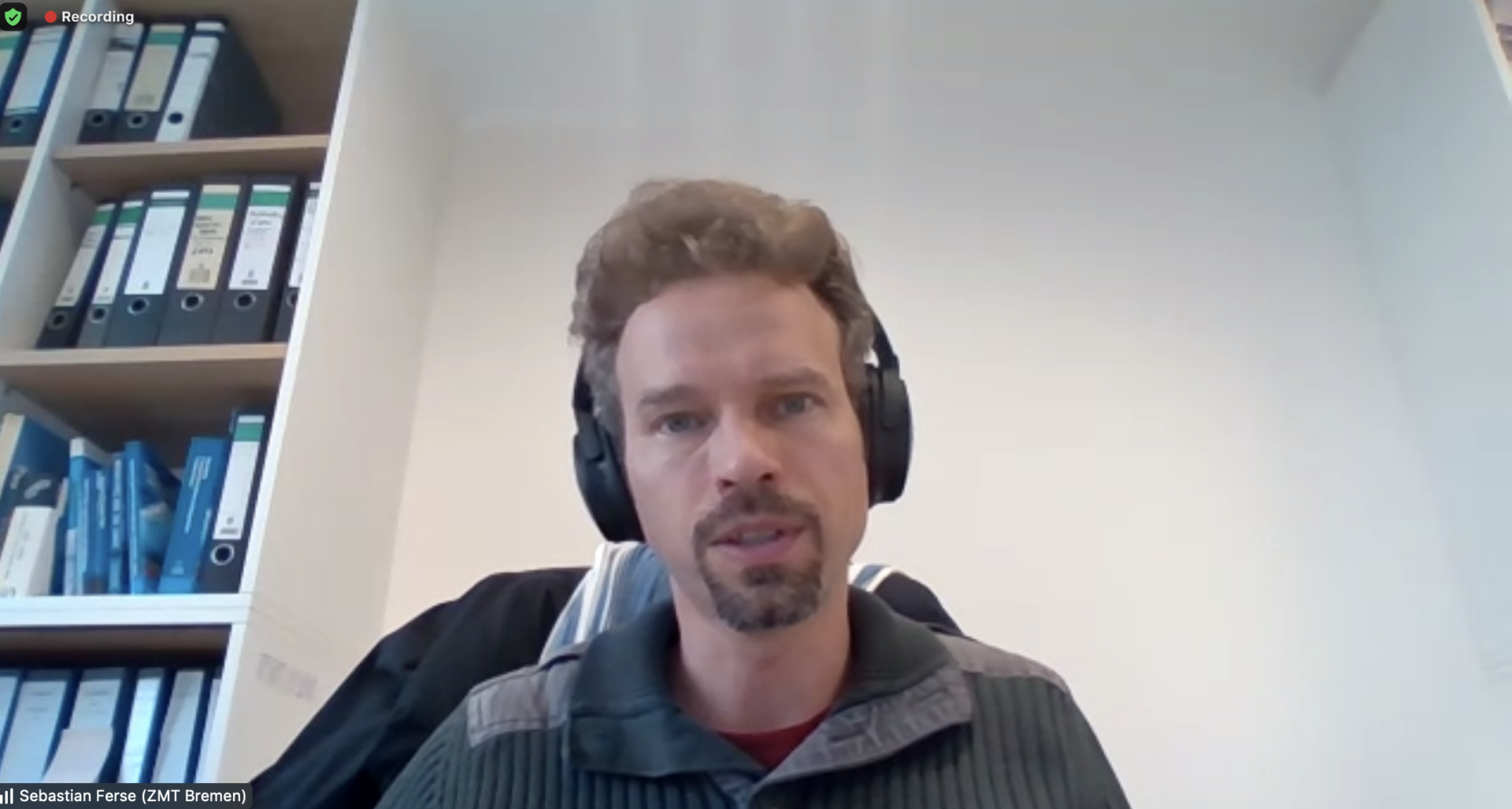
Dr. Sebastian Ferse
Dr. Sebastian Ferse shared his view that we are addressing ‘a moving target’ in the Anthropocene course. We are challenged with new and unprecedented ecosystem functions and services with profound implications not only for management, but also for the services that humanity derives from dynamic coasts. A futuring approach needs to be developed. He urged a closer engagement between science and society that includes novel configurations and creative joint visioning and a closer involvement of costal communities that live with ‘dynamic coasts’.
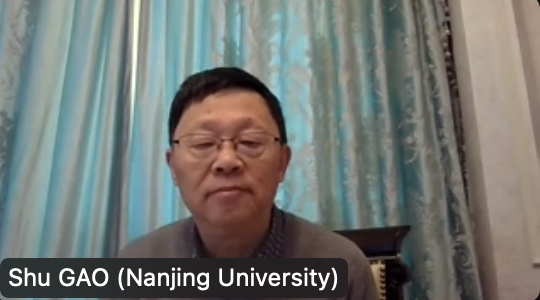
Prof. Shu Gao
Academy member Prof. Shu Gao from Nanjing University and East China Normal University is engaged in research activities with a focus on marine sediment dynamics. He expressed the willingness to help the next generation of coastal scientists to increase skills.
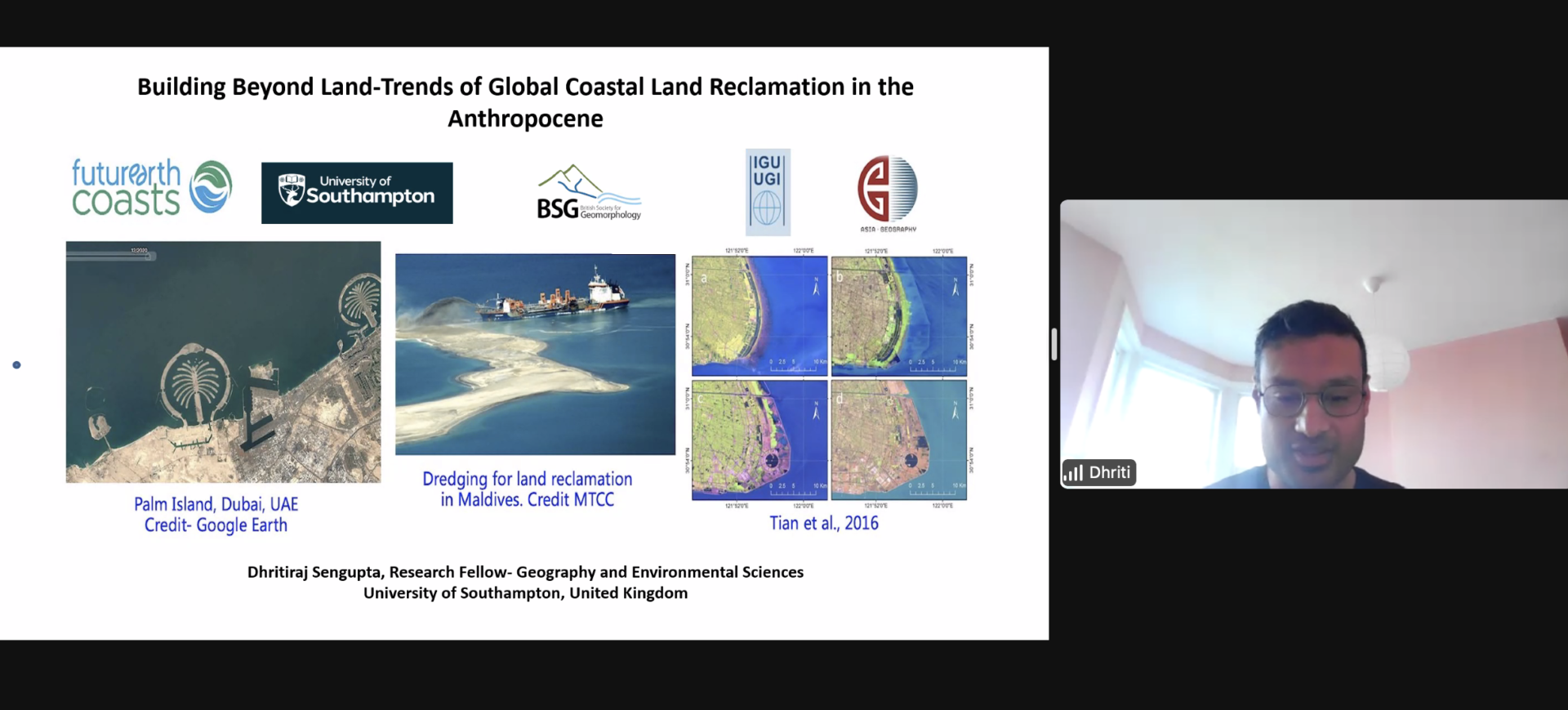
Dr. Dhritiraj Sengupta
Dr. Dhritiraj Sengupta from Geography and Environmental Sciences, University of Southampton, discussed the impact of coastal land reclamation, and its implication for the broader concept of climate change adaptation and urban resilience. By using Google Earth Engine, he inverted the dataset designed to look at changing water distribution and instead looked at it from the perspective of the land. Eventually, he mapped the Global Coastal Land Reclamation in the 21st Century.
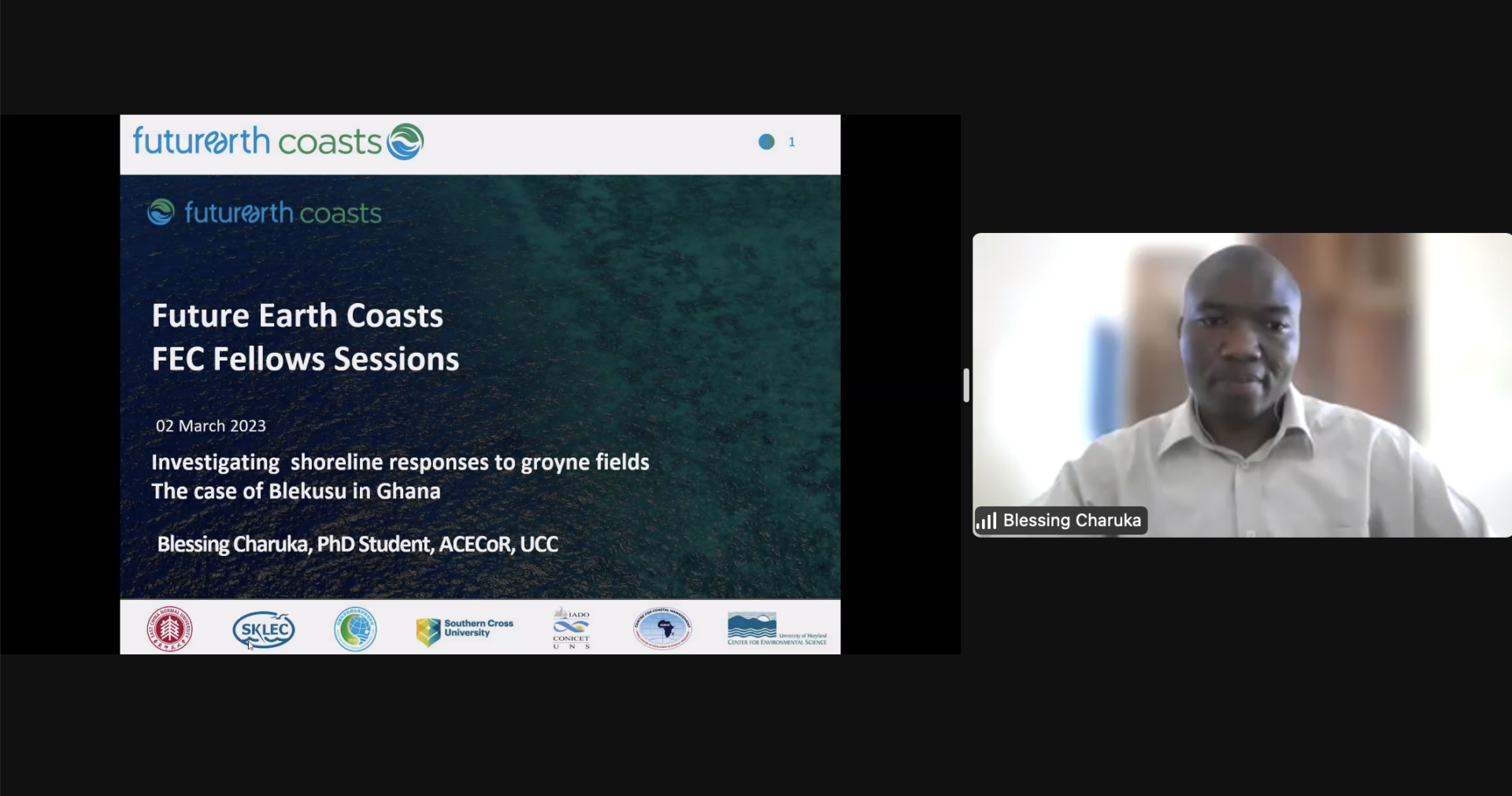
Mr. Blessing Charuka
Blessing Charuka from ACECoR, University of Cape Coast, introduced his research on investigating shoreline responses to groyne fields through the case analysis of Blekusu in Ghana. He concluded that sand beaches are highly dynamic ecosystems that respond to geographical, environmental and economic facts as well as policies and strategies.
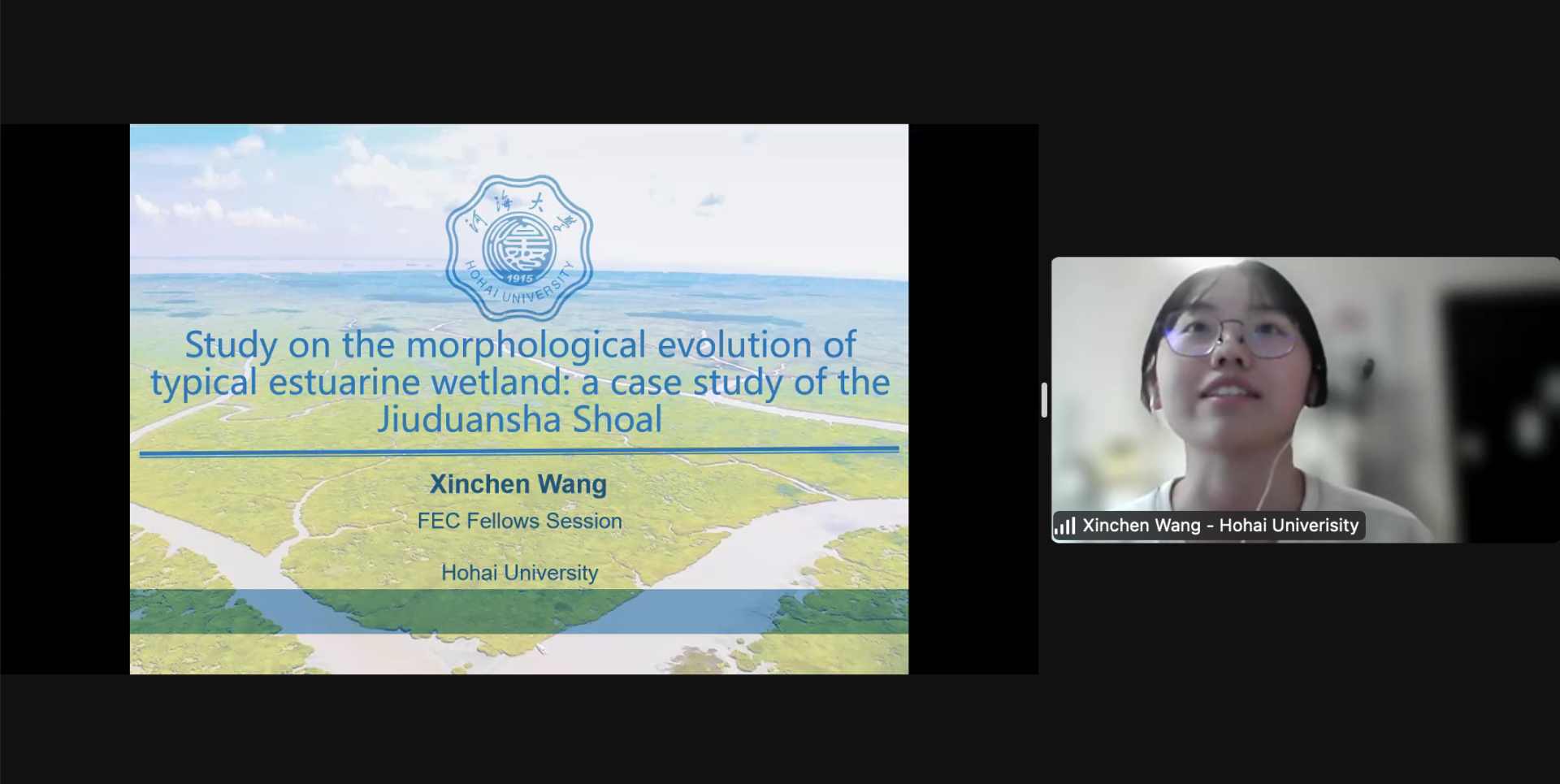
Dr. Xinchen Wang
Dr. Xinchen Wang from Hohai University, investigated the morphological evolution of typical estuarine wetland. Her team carried out a case study in the Jiuduansha Shoaland discovered spatiotemporal dynamics of S. alterniflora invasion and tidal creek networks. They also explored the relationship between tidal creek networks and invasive species at landscape scales and forecast the vegetation cover and topography for the next ten years.
This workshop set stage for FEC researchers to showcase their innovative approaches to investigate ‘dynamic coasts’ in Anthropocene. FEC will continue the effort to facilitate knowledge and experience sharing between elderly and younger generations of coastal scientists.

